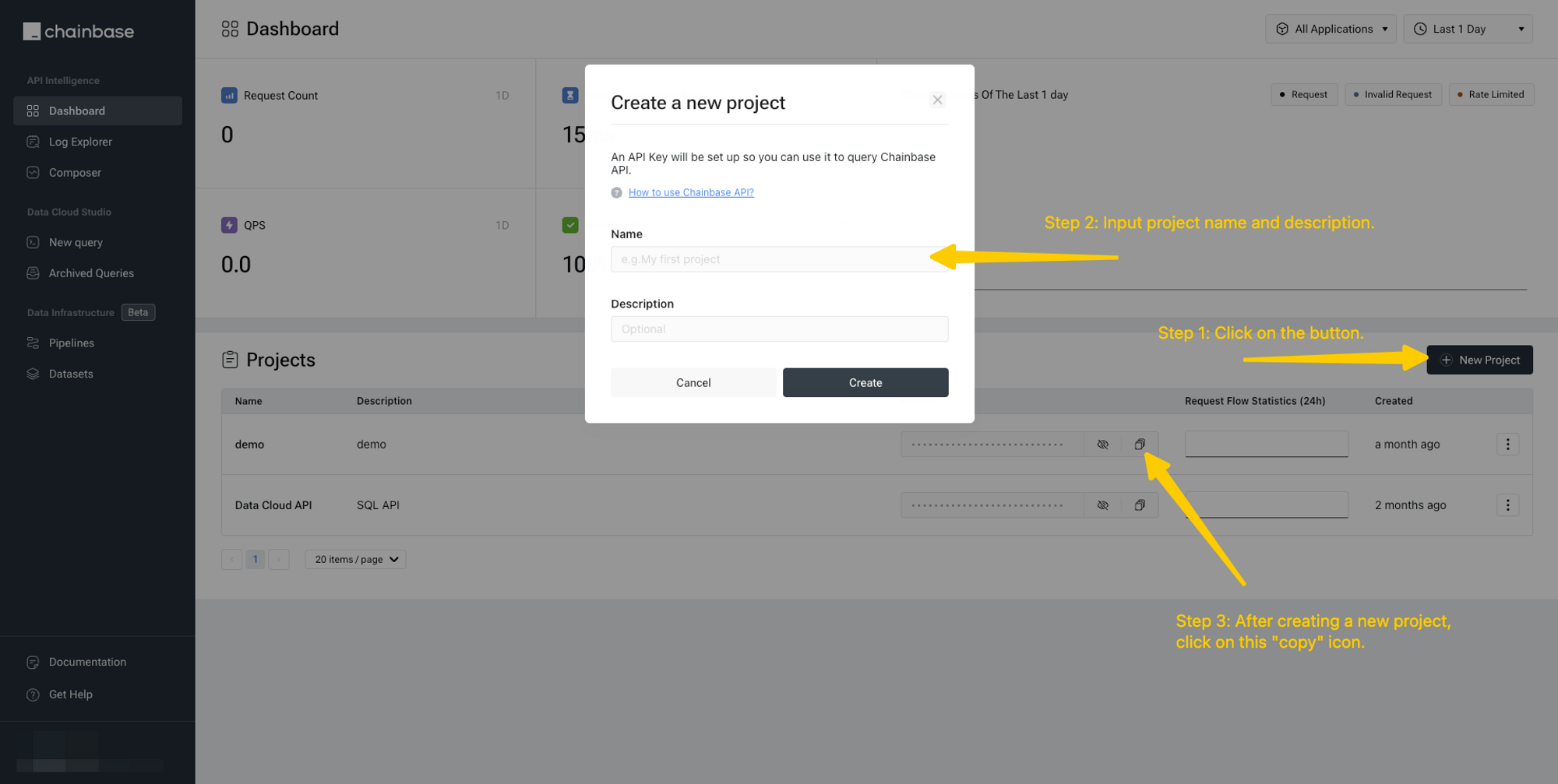{
"address": "0xd46c8648f2ac4ce1a1aace620460fbd24f640853",
"total": 374
},
{
"address": "0xff3879b8a363aed92a6eaba8f61f1a96a9ec3c1e",
"total": 290
},
{
"address": "0x29469395eaf6f95920e59f858042f0e28d98a20b",
"total": 224
},
{
"address": "0x8e0788650afeedfb26f26bee874aed02688b2108",
"total": 117
},
{
"address": "0x54be3a794282c030b15e43ae2bb182e14c409c5e",
"total": 113
},
{
"address": "0x2ae6b0630ebb4d155c6e04fcb16840ffa77760aa",
"total": 112
},
{
"address": "0x0377aa308c44855217a1d900f39828d5d9def153",
"total": 101
},
{
"address": "0xb9330e17d30c57b4b192ae58140a72e0bfd3b718",
"total": 91
},
{
"address": "0x5d7aaa862681920ea4f350a670816b0977c80b37",
"total": 91
},
{
"address": "0x071b1116cc023763885865cfcc2e1daccc277419",
"total": 90
},
{
"address": "0x1e1936adba1d18be91694727086e40647decf375",
"total": 71
},
{
"address": "0x5e850e5a673dc4c9ce7790a0b2790937b11c8008",
"total": 70
},
{
"address": "0xa8189c566c8b602e23b016da819c11dae50160d6",
"total": 69
},
{
"address": "0xf6fe23577bd0e7a70421706ee1a4c526cadcbaf3",
"total": 63
},
{
"address": "0x96d3b7f663ed680f316781680464045f3458440b",
"total": 59
},
{
"address": "0x72695c2af4193029e0669f2c01d84b619d8c25e7",
"total": 49
},
{
"address": "0x04d7c2ee4cdbac9a0fc46d3e35e79aba5cca471d",
"total": 47
},
{
"address": "0xb0e59b0cf8f705f94c3d523aebbf8d4703a24fad",
"total": 44
},
{
"address": "0xd4f072b18c7a31d50bbf1df729b68e9ace7bc0d9",
"total": 41
},
{
"address": "0x3d9623f9f8c682d949be2bcaf3f692ab9c40b1d4",
"total": 40
}
